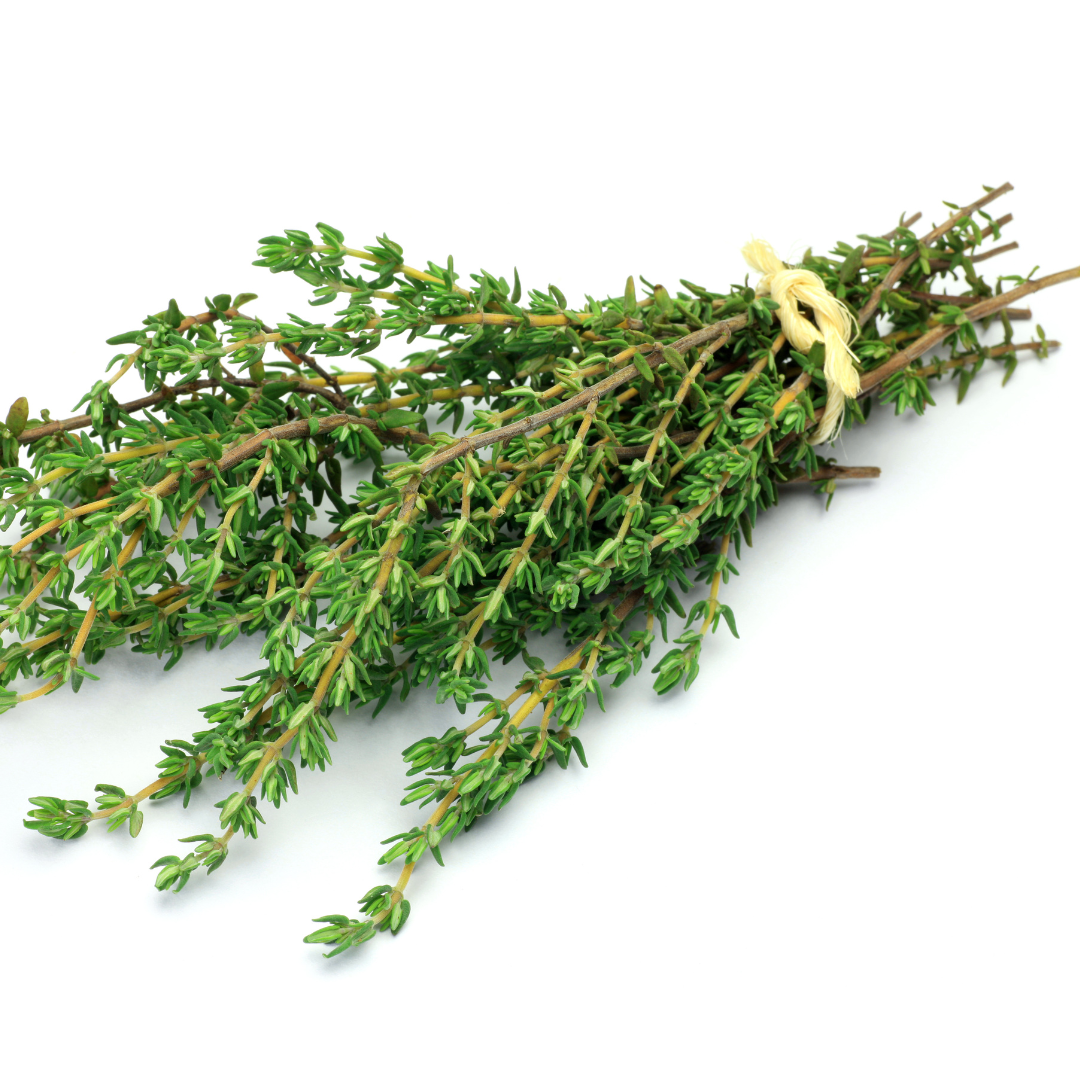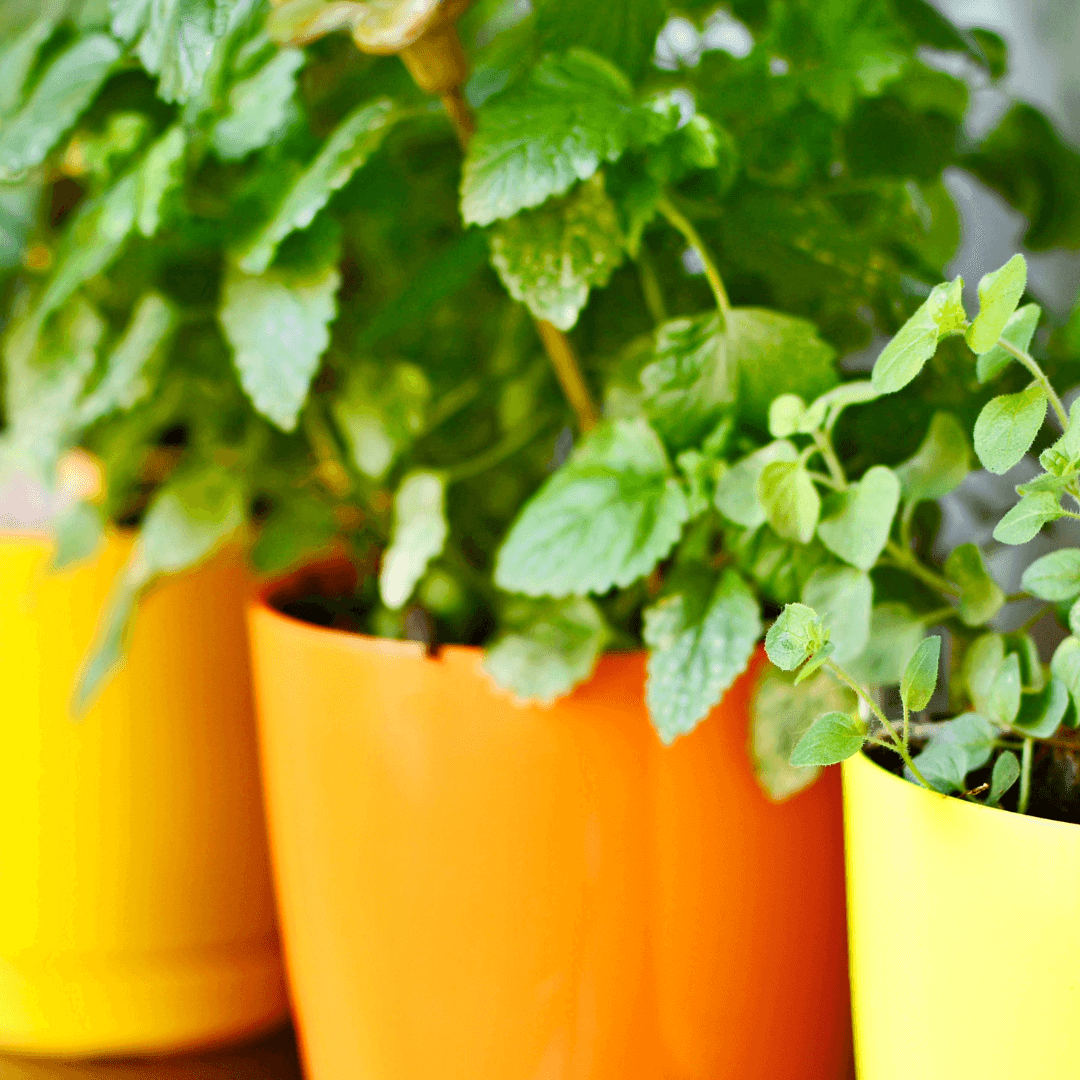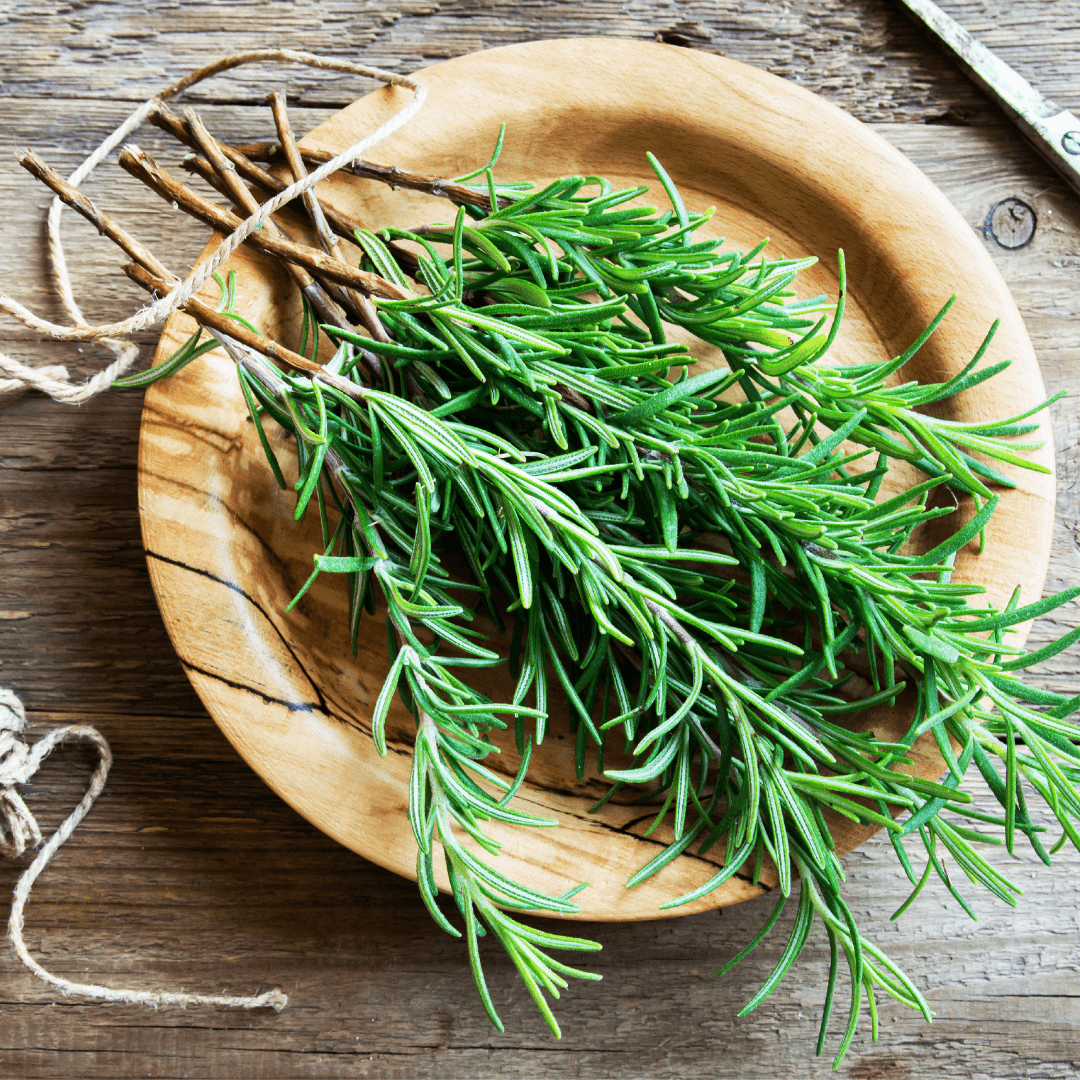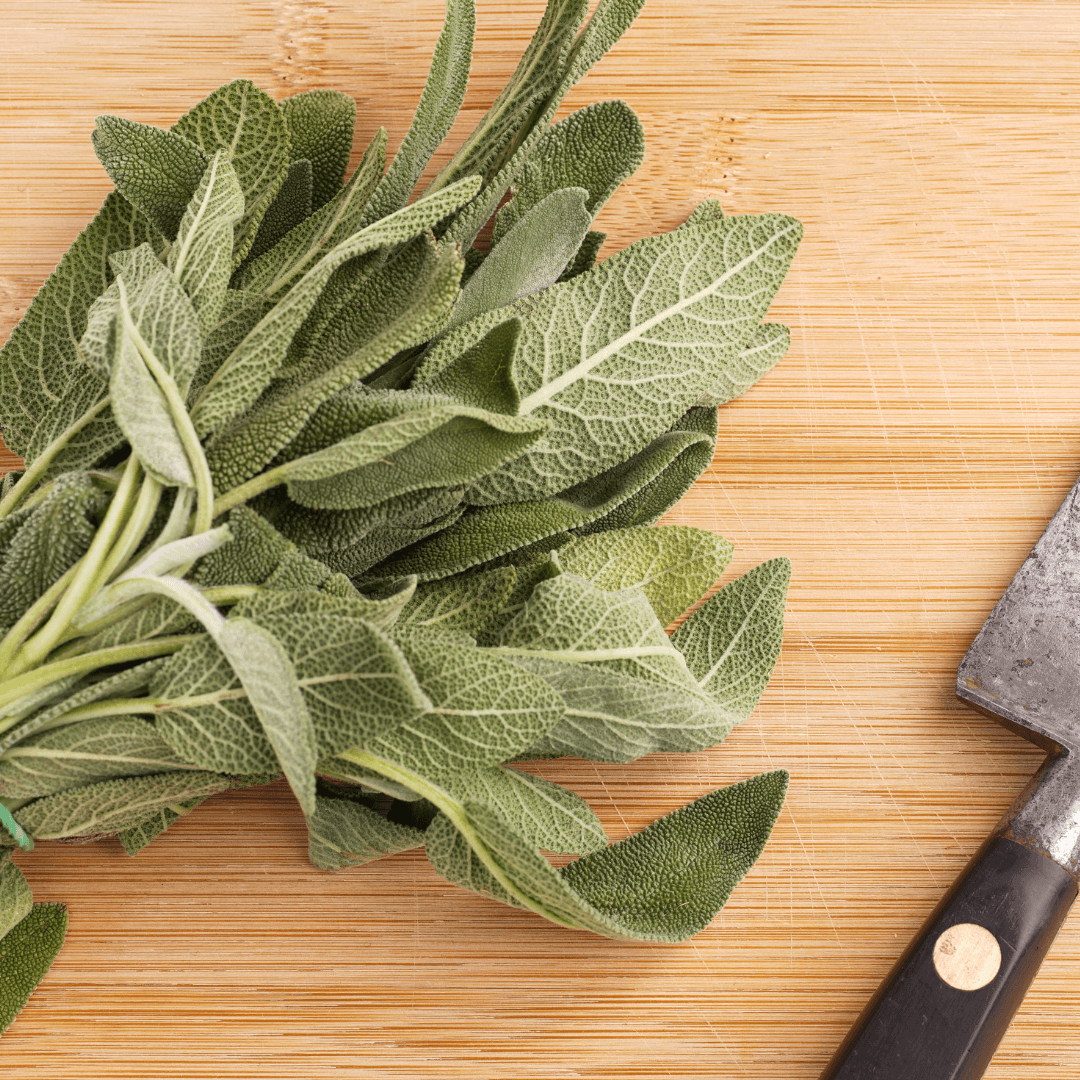Thyme is an herb that is a favorite in many kitchens. It has a fragrant aroma and is often used in dishes that require a subtle earthy flavor. If you have a thyme plant in your herb garden, you can easily propagate it by taking softwood cuttings. In this article, we will discuss how to grow thyme from cuttings.
Harvesting Thyme Cuttings
To propagate thyme, you will need to take softwood cuttings from the mother plant. Softwood cuttings are the new growth that appears in the spring. These cuttings are tender and flexible and can be easily rooted. To harvest thyme cuttings, follow these steps:
- Identify a healthy part of the plant that you want to propagate. Make sure the plant is disease-free and has not been stressed by environmental conditions such as drought or heatwaves.
- Using clean and sharp scissors or pruners, take a cutting that is about 4-6 inches long. Cut the stem at a 45-degree angle to increase the surface area for root growth.
- Remove the leaves from the lower 2 inches of the cutting, leaving only a few leaves on the top. This will reduce water loss through transpiration and focus the plant's energy on root development.
Rooting the Thyme Cuttings
Now that you have harvested your thyme cuttings, it is time to root them. Thyme requires a well-draining potting mix and a natural rooting hormone to encourage root growth. Follow these steps to root your thyme cuttings:
- Dip the end of the cutting in a natural rooting hormone. You can use honey or cinnamon as a natural rooting hormone. Simply dip the cutting in honey or cinnamon powder before planting it in the potting mix.
- Plant the cutting in a small pot filled with a well-draining potting mix. Make a hole in the potting mix with a pencil or your finger and gently insert the cutting into the hole.
- Water the cutting well, and place it in a warm and bright location, but out of direct sunlight. A temperature of around 20-25 degrees Celsius is ideal for root development.
- Keep the soil moist, but not waterlogged. Water the cutting when the top inch of the soil feels dry to the touch. Overwatering can cause the cutting to rot, while under-watering can cause it to dry out and wilt.
Popular Herb Seeds for Planting | 35 Variety Pack
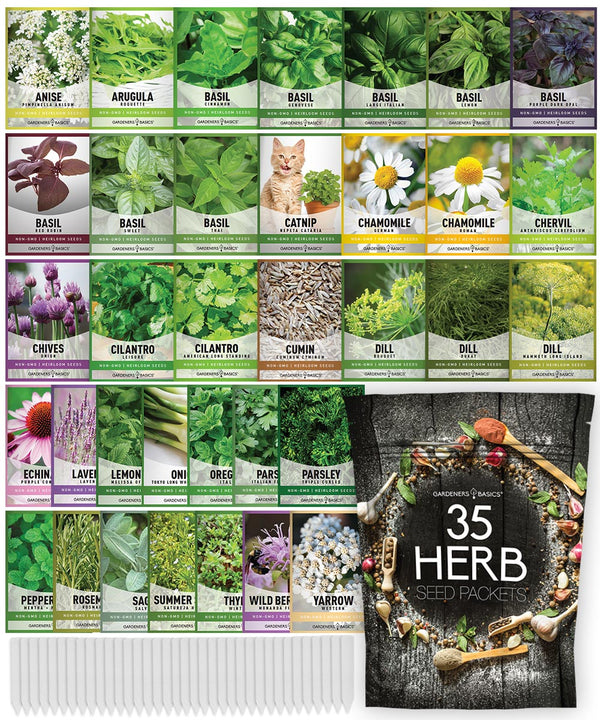
$29.95
$49.95
Heirloom, non-GMO herb seeds for indoor and outdoor home gardens! Introducing our 35 Herb Seeds Variety Pack, the ultimate selection for any herb garden enthusiast! This premium assortment includes heirloom herb seeds that are non-hybrid, open-pollinated, and non-GMO, ensuring you get only… read more
Transplanting the Thyme Cuttings
Once your thyme cuttings have rooted, it is time to transplant them into larger pots or directly into your herb garden. Here are the steps to follow:
- Once the roots are about 1 inch long, transplant the cutting into a larger pot filled with potting soil. Choose a pot that is at least 6 inches in diameter and has drainage holes at the bottom.
- Water the cutting well after transplanting. Allow the excess water to drain out of the bottom of the pot to prevent waterlogging.
- If you are planting the cutting directly into your herb garden, make sure the soil is well-draining and has been amended with organic matter. Thyme prefers slightly alkaline soil with a pH between 7.0 and 8.0.
- Plant the cutting at the same depth it was in the potting mix. Gently firm the soil around the base of the stem to provide support.
- Water the cutting well after planting. Water the plant regularly, especially during the growing season, to keep the soil moist but not waterlogged.
Growing Thyme from Seed
If you don't have a thyme plant in your herb garden, you can grow thyme from seed. Thyme grows best in the spring and fall, and the seeds take about 14-21 days to germinate. Follow these steps to grow thyme from seed:
- Fill a small pot with a well-draining potting mix. Thyme prefers a mix of sand, perlite, and peat moss.
- Sow the thyme seeds on the surface of the potting mix. Space the seeds about an inch apart to give them room to grow.
- Cover the seeds with a thin layer of potting mix. Press down gently to ensure good contact between the seeds and the soil.
- Water the pot well, and place it in a warm and bright location. Thyme seeds require a temperature of around 18-21 degrees Celsius to germinate.
- Keep the soil moist, but not waterlogged. Water the pot from the bottom to avoid disturbing the seeds.
- Once the thyme seedlings have grown large enough, transplant them into larger pots or directly into your herb garden. Choose a sunny spot with well-draining soil and plenty of airflow.
Conclusion
Growing thyme from cuttings or seeds is an easy and rewarding process. By following these steps, you can propagate thyme and enjoy its fragrant leaves in your cooking. Thyme is an easy-to-grow herb that requires minimal care, making it a perfect addition to any herb garden. Whether you are growing thyme from cuttings or from seed, it is important to provide the plant with the right conditions, including well-draining soil, natural rooting hormone, and regular watering. With a little patience and care, you can grow a healthy thyme plant!
Herb Seed Assortment | 15 Variety Pack
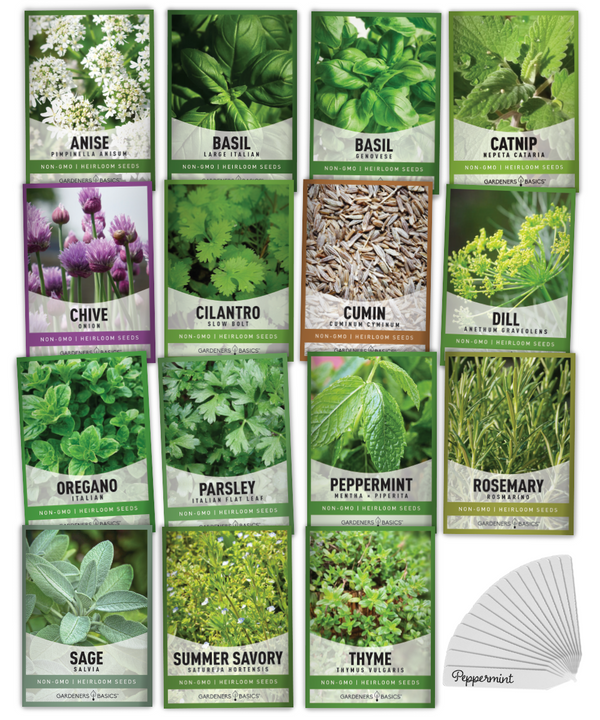
$19.95
Unlock the Power of Homegrown Herbs: 15 Heirloom Herb Seeds for Sustainable Gardening Introducing our 15 Herb Seeds Variety Pack—the ultimate collection for any home gardener, herbalist, or culinary enthusiast looking to grow fresh, flavorful herbs. Each of the 15 herb… read more



